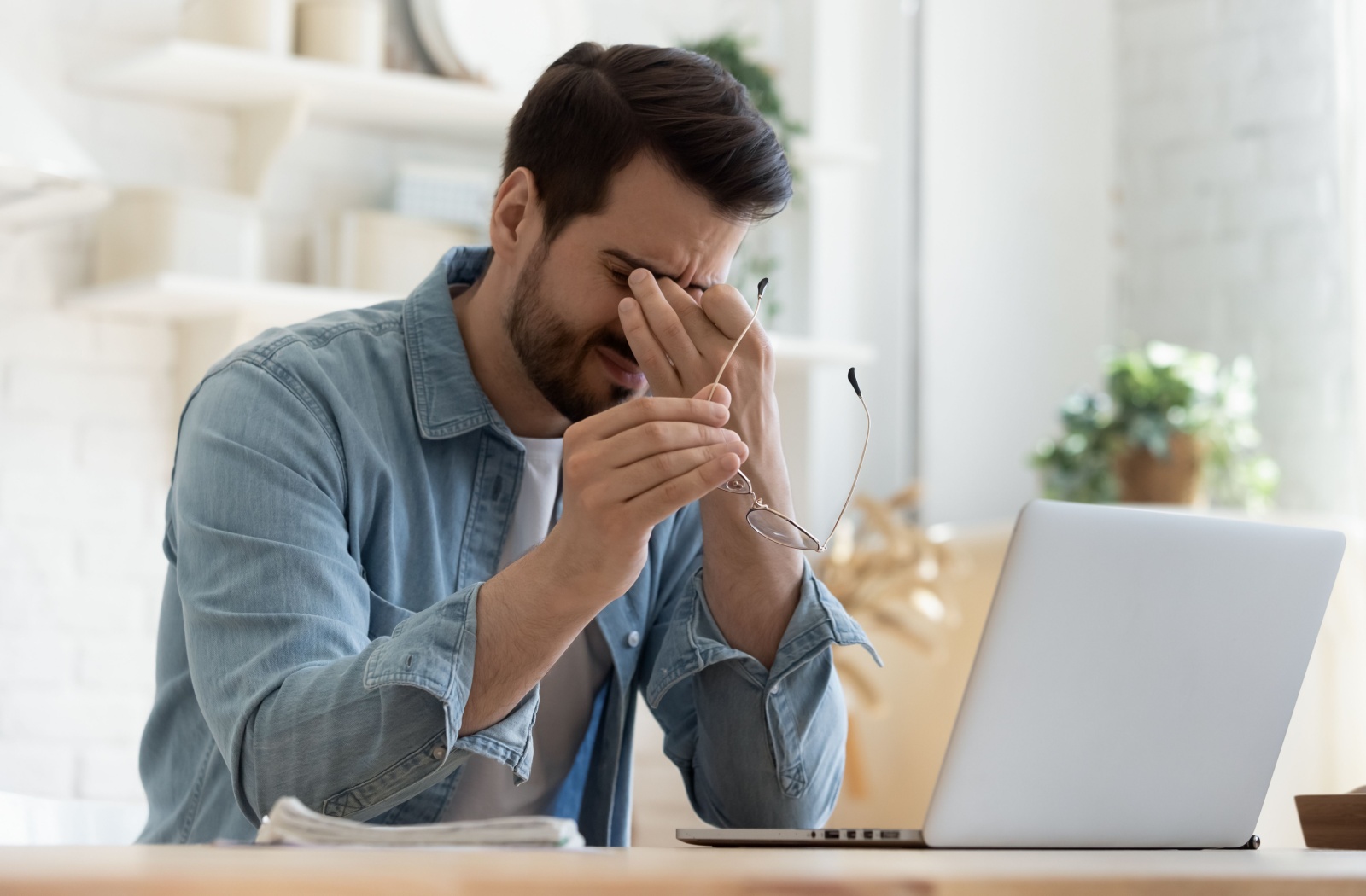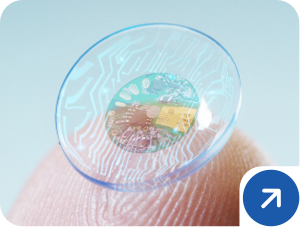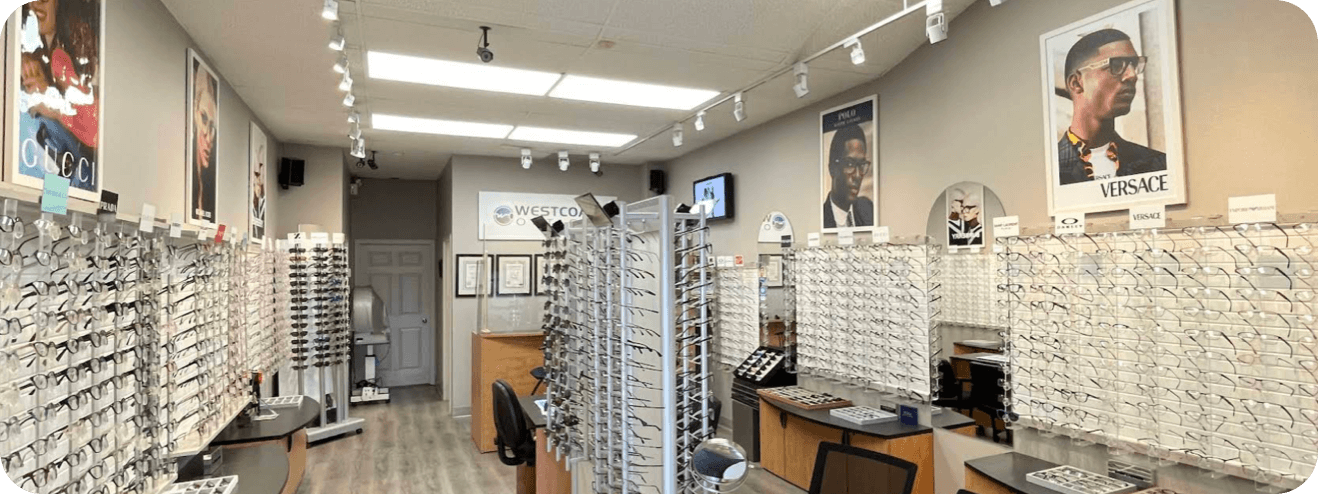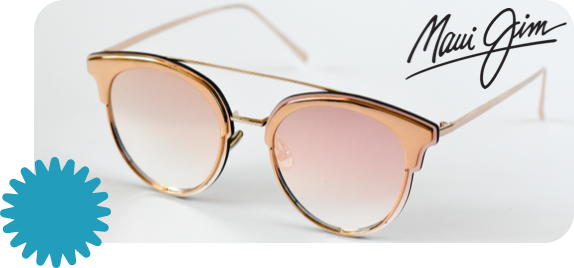If you’ve ever felt that burning and gritty sensation in the eyes, it might be dry eye disease. It’s an extremely common eye condition that can come with a range of symptoms from blurry vision to light sensitivity and extreme discomfort. Dry eye disease often develops due to a clog in the meibomian glands, leading to early tear evaporation. So how do you unclog these meibomian glands?
It helps to use warm compresses at home to gently heat the affected area, allowing the glands easier flow to do their job. However, if you find you need a more professional touch, visit your optometrist. Through dry eye therapy and meibomian gland expression, your optometrist can help you find relief from dry eyes.
What Are the Meibomian Glands?
Your tears are responsible for a lot more than you may think. Every time you blink your eyes, they disperse a thin layer of these tears across their surface. The tears help protect the eye from foreign contaminants, bacteria, and other particles.
But to do their job, these tears need a properly balanced composition. They need:
- Water
- Mucus
- Oils
These oils are made in the meibomian glands, the dozens of tiny glands running throughout your eyelids. They’re a crucial part of the balance of your tear film—but that doesn’t mean the meibomian glands are always working perfectly.
Are the Meibomian Glands Important?
The importance of the meibomian glands can’t be overstated. The oils they produce are one of the most essential parts of your tear film.
The oils help coat the outside of the tear itself, keeping the surface smooth and clear, while preventing the tear from evaporating too quickly. When the meibomian glands are functioning properly, they create enough of these oils so your tears are properly protected—and in turn, so the tear can protect the eye.
So what happens if these glands have a problem? During a condition called “meibomian gland dysfunction,” the oils can build up in the gland itself, creating a small blockage or stopgap. This prevents them from reaching the tear film, leaving it unprotected and vulnerable. The tears evaporate too quickly, and the eye begins to dry out. When this occurs, it’s called “evaporative dry eye.”
Dry Eye Disease: The Signs & Symptoms
Evaporative dry eye poses a bigger threat than just dryness and irritation. When the eyes aren’t protected by your tear film, they’re vulnerable to scratches, infections, and more. The tears can’t flush away contaminating particles and damaging debris, and the eye can be easily damaged.
That’s why it’s so essential to recognize the signs that you’re dealing with meibomian gland dysfunction and dry eyes. This way, you can take preventative measures to prevent further problems.
The common signs include:
- A gritty sensation in the eye, as if there’s a piece of sand stuck under your eyelid
- Visible redness
- Blurry vision
- Sensitivity to light
- Stinging sensations in the eye
If you notice any of these symptoms, it’s time to take action.
Unclogging the Meibomian Glands
There are two approaches to dealing with clogged meibomian glands: at-home treatment and in-office treatment. However, for quick relief, it helps to try a combination of both.
Start with a warm compress to help stimulate the affected area. If you don’t have a warm compress, you can use a soft cloth. Soak it in warm-to-hot water and wring it out, then lie it across your eyes. Make sure the water isn’t too hot!
This helps to liquefy the oil blockages causing your dry eyes while adding some moisture and humidity to the affected area. This may help you find relief from your dry eyes while working away at the root cause.
If you find that this doesn’t help, visit your optometrist to discuss dry eye therapy.
Dry Eye Therapy
In-office solutions can vary depending on your optometrist. Typically, they’ll begin with the basics and assess your tear film to find out what’s causing your dry eyes.
Then, they may recommend some lifestyle adjustments to make things easier for your tear film to function. Using a humidifier at home helps, alongside some dietary changes or even supplements. However, they also may recommend a more advanced approach like:
- Intense pulsed light (IPL) treatment, where gentle amounts of light-based heat are applied to the eyelids. This is non-invasive and extremely effective for stimulating the meibomian glands, breaking up blockages, and restoring the balance to your tear film.
- Radiofrequency treatment (RF), where heat is applied to the affected area. This helps thin out the oils so they can flow more easily, removing any blocks or obstructions while simultaneously stimulating the meibomian glands.
- Meibomian gland expression, where the eyelids are gently massaged. This helps to physically remove any obstructions to prevent a buildup of oils.
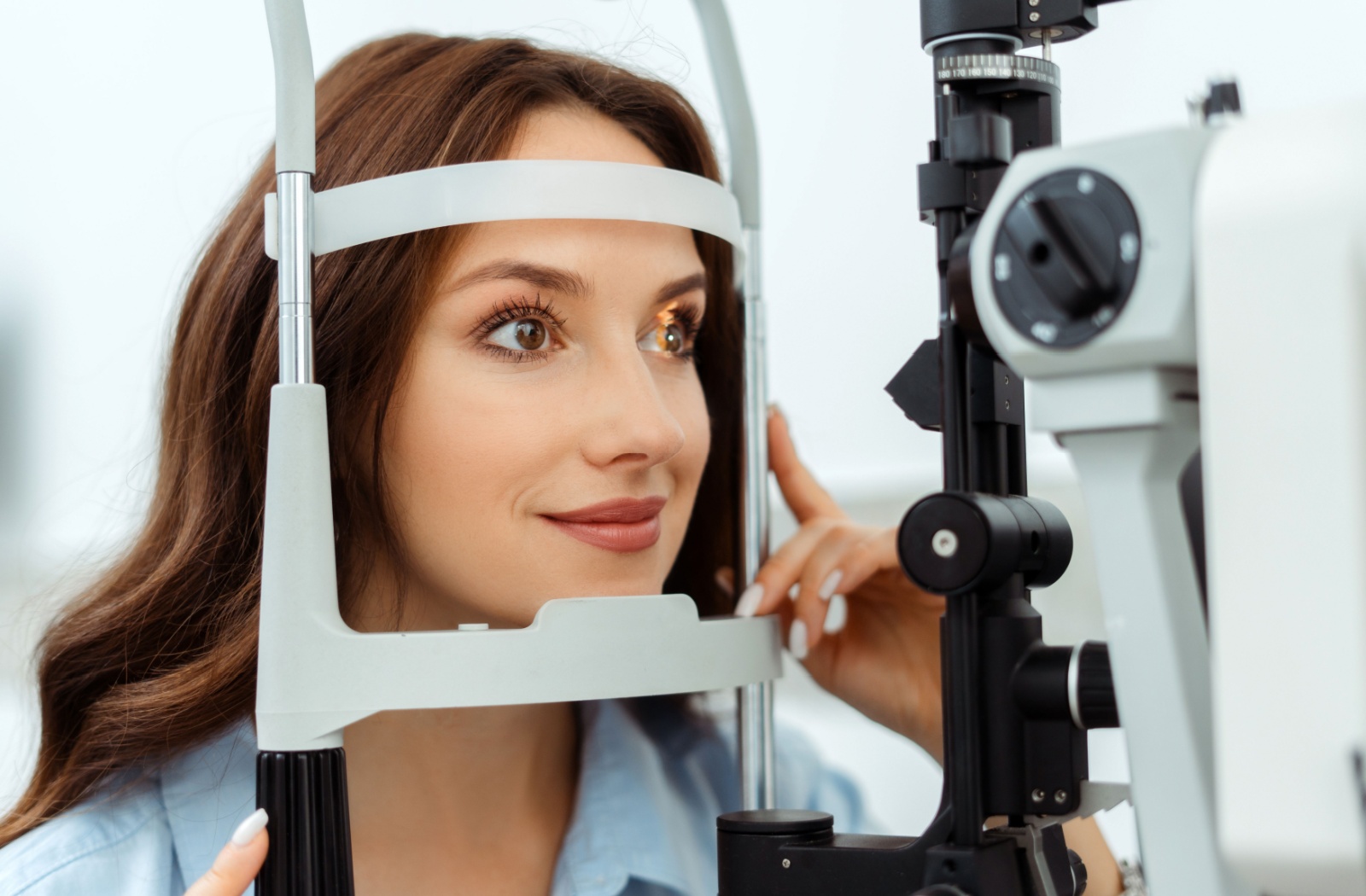
Get Help for Your Dry Eyes
If you’re dealing with dry eyes and don’t know where to turn, come talk to our team at West Coast Optical. Our team of experienced eye care professionals can help treat the affected area to help you find relief from your dry eyes. Book an appointment with our team today, and take the first step towards healthier and happier eyes.


